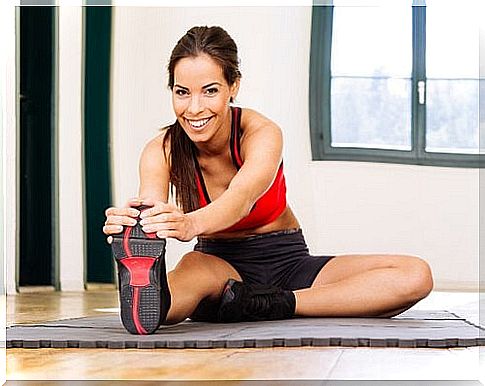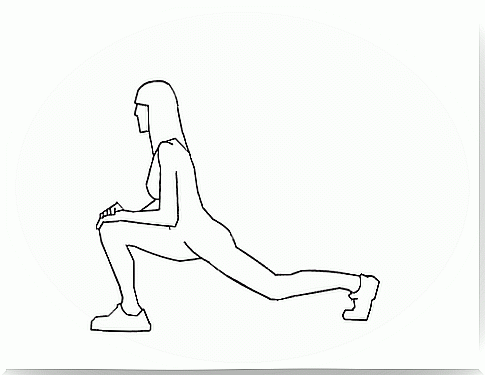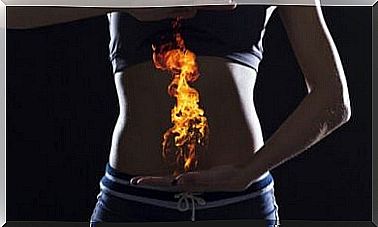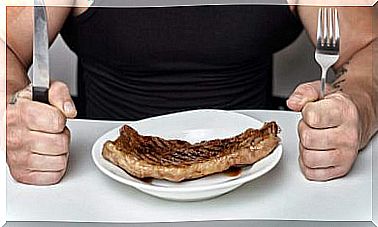Stretches: Why They Are So Important
If you play sports, stretches should be an integral part of your training. Before and after performing the units, they prevent injuries and sore muscles.

If you do exercise, stretching should be an integral part of your workout. Before and after performing the units, they prevent injuries and sore muscles.
Stretching exercises are important in any exercise. Although many people like to leave them out, they have a decisive influence on the positive effect of our efforts.
It is essential to do it not only before but also after completing the training. We’ll explain the reasons below.
- Stretching before the exercise prepares the body for protection from possible injury.
- Stretching after exercise helps reduce muscle soreness.
In this article we will introduce you to a complete stretching program. We will also give you tips on how to best do this, depending on your personal needs.
Ideas for stretching exercises
Stretches for the lower body

The lower body includes the buttocks and legs. It is very important that this part of the body is warmed up before training, as many athletes experience calf cramps that are far from comfortable.
There are innumerable exercises for the lower body, but it is necessary to focus on working the muscles that are particularly activated in our sport.
For example, if you are not using your glutes too much, it is better to focus on your legs.
Now let’s look at a few examples that shouldn’t be missed out on a full lower body stretching program. Some of them are variable, that is, they can be performed standing or sitting.
- From the heel to the buttocks: As you stand, bring your heel to the buttocks while stretching your hamstrings. As an aid, you can lean on a wall to better keep your balance.
- Sitting stretching: When sitting, try to touch the tips of your toes with your legs outstretched. With this exercise, you’ll train the thigh reflexors on the back of your thighs. You can also do it standing up.
- Sitting splay: Sit with an upright back and bring the soles of your feet together. Use your elbows to push your knees down to increase the stretch.
- Tighten your knees: Keep your leg below the knee and pull it in as much as possible so it touches your chest. You should stay straight and be sure to bend your knee, not the other way around. You can also do this stretch lying on your back.
- Lumbar muscle: Take a long step forward and straighten your back leg. Here the so-called psoas muscle, our lumbar muscle, is used.
Stretching exercises for the upper body

The torso, arms and head are part of the upper body. It is essential that we properly warm up these body parts. Particular care should be taken with the neck and head in order to avoid injury.
We will also give you a few suggestions for suitable warm-up exercises for this area. To complete your program, you can combine these with the previous ones.
- Arms up: Extend your arms as far as possible in the air. Grasp your fingers together and bring your arms to the left and then to the right. Move your body with you.
- Arms forward: Grip your fingers again, this time stretching your arms forward as far as possible. As you do this, bend your spine to intensify the stretching.
- Arms backwards: Do the same exercise, but now move your arms backwards. At the same time, lift them up without hurting yourself. Here the shoulders and biceps are activated in particular.
- Shoulders Forward: Cross one arm in front of your chest and apply pressure on the elbow with the other. The crossed arm should remain straight.
- Triceps stretch: stretch one arm behind your head. Use the hand on your other arm to press against your elbow. The head should not be pointed backwards.
- Neck: Three different exercises are possible here. Draw circles with your head, trying to bring your ears to your shoulders. Then tilt your head forward until the chin touches your chest and finally move it backwards.
Do not forget:
You should integrate stretching exercises as fixed warm-up units into your training plan, both before and after the sport itself. Of course there are many other alternatives, but with these suggestions you can start your next training phase.









